Coffeehouses. There’s one at every street corner. But, what more do they provide then just a great cup of brew?
Exchanging of news.
That’s right, a quaint and cozy coffeehouse is the ultimate haven for news enthusiasts.
Starting in the 17th century, when the first coffeehouse was established in Oxford, England, the role of coffeehouses on journalism began.
Particularly in London, England in the 18th century, English coffeehouses insured the availability of news to consumers. London coffeehouses were populated with news hungry men sharing information by word-of-mouth.

Old English Coffeehouse
Because of the growing popularity of this exchange of news, there was an overflow of coffeehouses in London. This led coffeehouses to cater to particular audiences.
While some coffeehouses were catering to scholars or literary enthusiasts, others were catering to traders, or political followers. This contributed to consumers visiting more than one coffeehouse a day, in order to hear about different types of news.
France soon followed.
In the 18th century, Paris, France was the center for a wide variety of café’s in France. These French café’s served the same purpose as English coffeehouses, but lasted much longer.
With the overflow of Starbucks franchises in today’s society, coffeehouses are still popular. However, the original spread of news by word-of-mouth in coffeehouses has decreased.
The availability of magazines, newspapers and online media in modern day coffeehouses have allowed for a more credible exchange of news. These coffeehouses often have Wi-Fi, which provides coffee drinkers with instant Internet connection to obtain any type of news online.
Because of new sources of media, coffeehouses have changed a lot since the 17th century. But, they still continue to play a role on journalism by promoting the spread of news. Just like we need our daily cup of coffee, we also need our daily dose of news.

 some might say impossible, for one to fully pull away from long held beliefs, whether they be religious, political, or otherwise.
some might say impossible, for one to fully pull away from long held beliefs, whether they be religious, political, or otherwise.

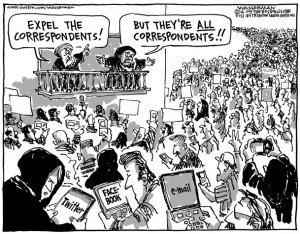
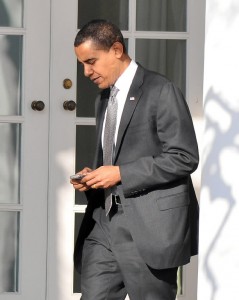



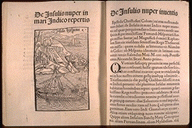
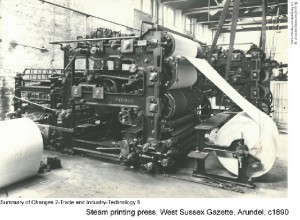


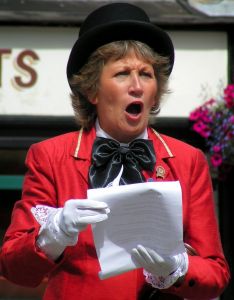



 As everyone is aware of, Television has change everything an ordinary American has done over the past half century. It is a revolutionary technology in the 20th century that has change the way we received news, and how the news is transformed to millions of viewers.
As everyone is aware of, Television has change everything an ordinary American has done over the past half century. It is a revolutionary technology in the 20th century that has change the way we received news, and how the news is transformed to millions of viewers.